Malala Yousafzai: Voice for Education reading Exercise
Trace Malala Yousafzai’s journey from a student in Pakistan’s Swat Valley to a global advocate for girls’ education and the youngest Nobel Peace Prize laureate.
Exercise Guide
How to complete:
Read the following three-paragraph biography carefully. Annotate key dates, locations, and turning points in Malala’s life. After reading, answer each question—some focus on comprehension, others explore vocabulary, tone, or the broader significance of her activism.
Success tips:
This post blends personal narrative with global history. Pay attention to how individual courage intersects with international institutions and media.
- Underline cause-and-effect language that links Malala’s actions to wider change.
- Use context clues to interpret vocabulary related to activism and diplomacy.
- Notice quotations or paraphrases that signal tone—hopeful, urgent, or reflective.
- Connect each milestone to the skills or values that sustained her advocacy.
- Summarize the central idea of each paragraph before answering the questions.
Knowledge:
This reading reinforces biographical analysis, contextual vocabulary, and critical thinking about human rights movements. You will explore themes of resilience, international cooperation, and media influence in the 21st century.
Complete the Exercise
Reading Passage 1
Malala Yousafzai was born in 1997 in Pakistan’s Swat Valley, where her father, Ziauddin, ran a modest school that welcomed girls as eagerly as boys. She grew up listening to classroom debates about poetry and politics, often standing on a chair to recite speeches she had memorized from history books. When a local Taliban faction began broadcasting threats that girls should abandon their studies, Malala accompanied her father to town halls, arguing that literacy was a birthright, not a luxury.
As checkpoints spread through Mingora and soldiers patrolled before sunrise, Malala rallied her classmates to keep attending lessons even if the blackboards were dusty and the windows shattered. She hid her textbooks beneath a shawl and, after evening prayers, recorded audio diaries describing empty desks and confiscated science kits. BBC Urdu offered her a pseudonymous blog; under the name “Gul Makai,” she chronicled whispered fears at morning assembly and the courage required simply to open a notebook.
Community elders urged families to leave the valley, yet Malala insisted on staying, convinced that visibility mattered more than safety. Local reporters quoted her line, “Education is the only ladder out of the shadows,” and her words traveled from village loudspeakers to international newsrooms. By age twelve, she was meeting diplomats at roadside tea stalls, urging them to pressure Pakistan’s leaders to protect every child’s desk, chalk, and teacher.
What primary goal drove Malala during the early Taliban threats in Swat Valley?
Why did Malala write for the BBC under the pseudonym “Gul Makai”?
Which phrase from the passage best illustrates how dangerous ordinary school routines became?
In the metaphor “Education is the only ladder out of the shadows,” what do the *shadows* represent?
Which detail shows Malala’s determination to stay visible despite danger?
Reading Passage 2
On October 9, 2012, Malala sat on a pea-green school bus reviewing notes from a science exam when a gunman boarded, asked for her by name, and fired three bullets at close range. Her friends Kainat and Shazia were wounded; Malala’s injury fractured her skull and required an airlift to a military hospital in Peshawar. Surgeons removed bone fragments and stabilized swelling before transferring her to Birmingham, England, for advanced cranial reconstruction.
News of the attack ignited global outrage. Students in Nairobi lit candles around chalkboards that read “Books Not Bullets,” while teenagers in São Paulo marched with placards bearing Malala’s photograph. Pakistan’s president visited her bedside, and the United Nations declared her birthday, July 12, “Malala Day,” inviting youth delegations to demand safe schools worldwide.
Three months after the shooting, still recovering her balance and hearing, Malala stood before the United Nations Youth Assembly. Wearing a shawl once owned by Benazir Bhutto, she insisted, “One child, one teacher, one book, and one pen can change the world.” Her speech urged governments to guarantee twelve years of free education and called on communities to reject fear. The applause that followed signaled that a local struggle in Swat had become a global mandate.
Which detail underscores the immediacy and severity of the attack on Malala?
How did international communities respond to the shooting?
Why is the shawl Malala wore during her UN speech symbolically significant?
Which sentence best summarizes the impact of Malala’s address to the United Nations?
What does the slogan “Books Not Bullets” most directly convey?
Reading Passage 3
After months of rehabilitation, Malala co-founded the Malala Fund with her father to invest in community-led education projects. The organization now partners with activists from Nigeria to Brazil, backing everything from solar-powered classrooms to teacher training in refugee settlements. Grants are prioritized for girls who face intersecting barriers—poverty, early marriage, displacement, or conflict.
In 2014, the Nobel Committee awarded Malala the Peace Prize, which she shared with Indian child-rights advocate Kailash Satyarthi. At seventeen, she pledged the prize money to expand secondary schools in Pakistan and launched a Girl Power Trip to spotlight local leaders in Jordan, Kenya, and northern Nigeria. Her acceptance speech emphasized that the prize belonged “to every child who longs for an education.”
Today Malala balances lectures at Oxford University with field visits to see projects in action. She has urged G7 leaders to commit billions to education, partnered with Apple to create coding curricula for girls, and written op-eds pressing tech companies to connect rural classrooms to reliable internet. Whether addressing the Canadian Parliament or meeting Rohingya students in Cox’s Bazar, she frames education as a universal right and reminds audiences that “we are strongest when every voice can learn, speak, and lead.”
What is the primary focus of the Malala Fund’s investments?
How did Malala direct the Nobel Peace Prize funds she received at age seventeen?
Which initiative demonstrates Malala’s collaboration with the technology sector?
Which sentence best captures the central idea of the third paragraph?
What tone does Malala’s reminder that “we are strongest when every voice can learn, speak, and lead” convey?
Share this exercise
Help others learn reading by sharing this exercise
Related Exercises
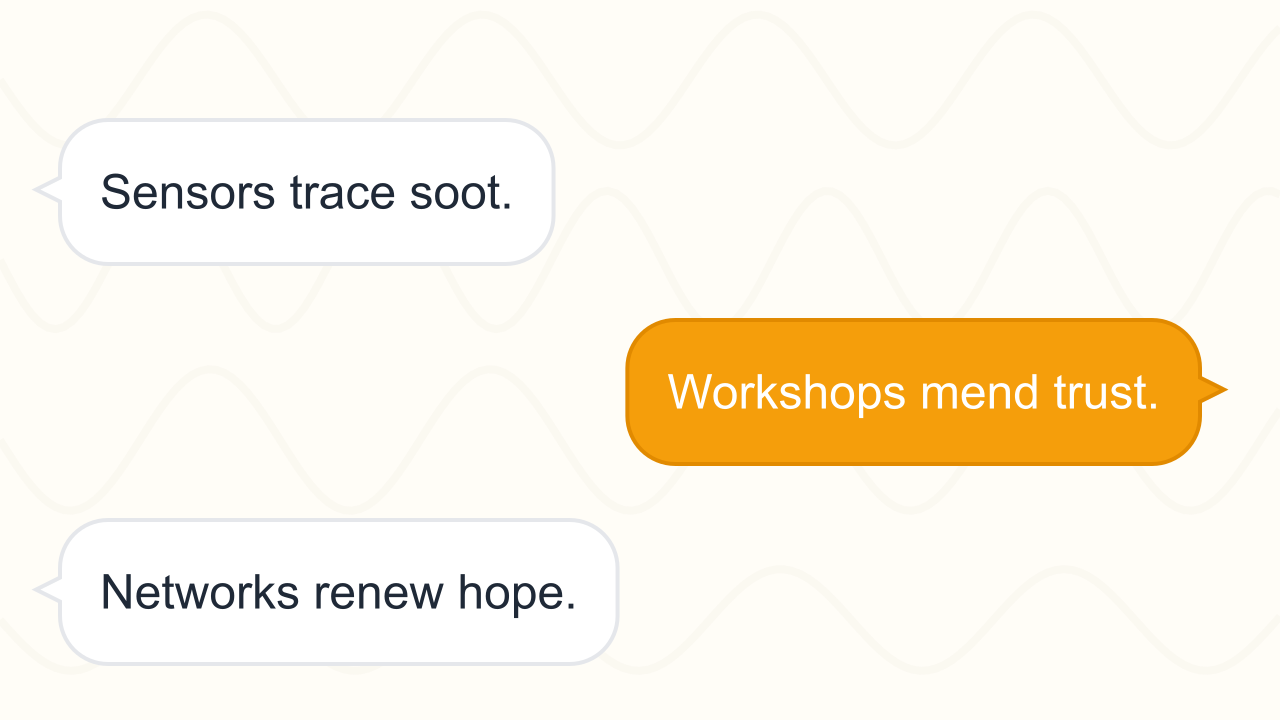
Designing Regenerative Networks for Future Neighborhoods
Trace how innovators, residents, and policymakers build interconnected solutions that cut pollution, expand recycling, and redesign everyday systems across six detailed case studies.
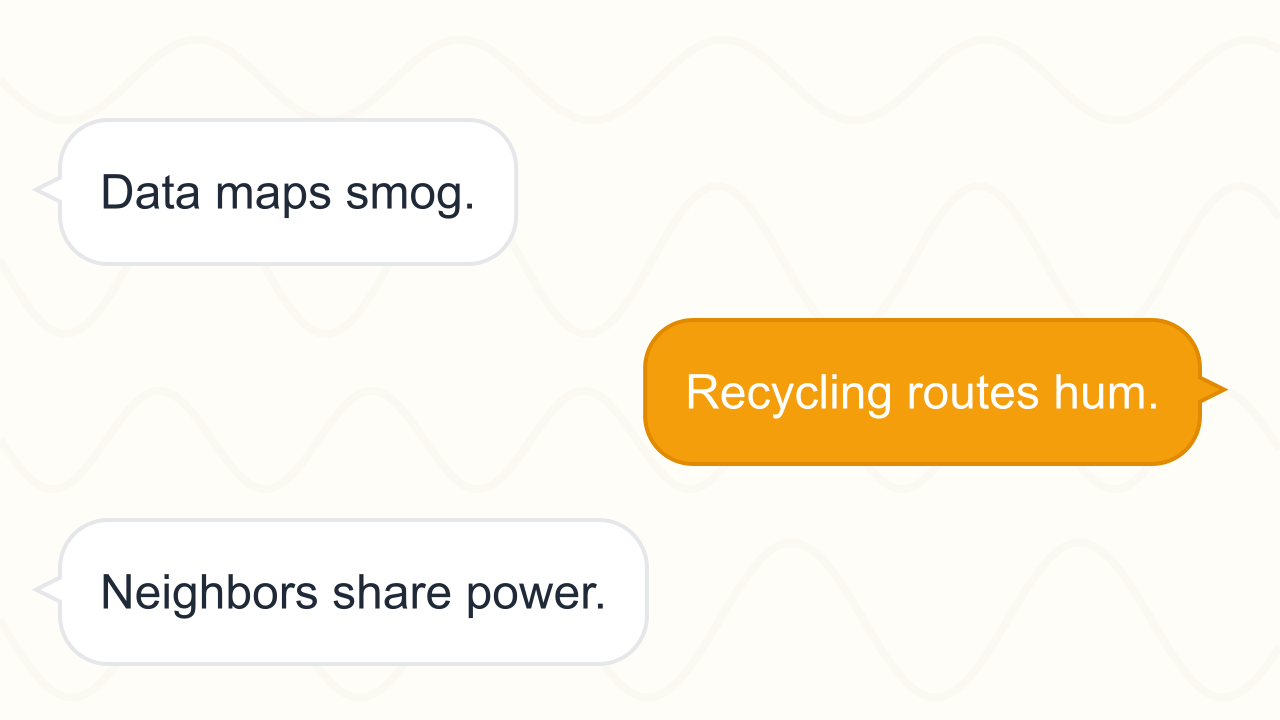
Clean Cycles for Tomorrow
Discover how neighborhoods reinvent waste systems, deploy new materials, and empower residents to shrink pollution footprints while expanding recycling access.
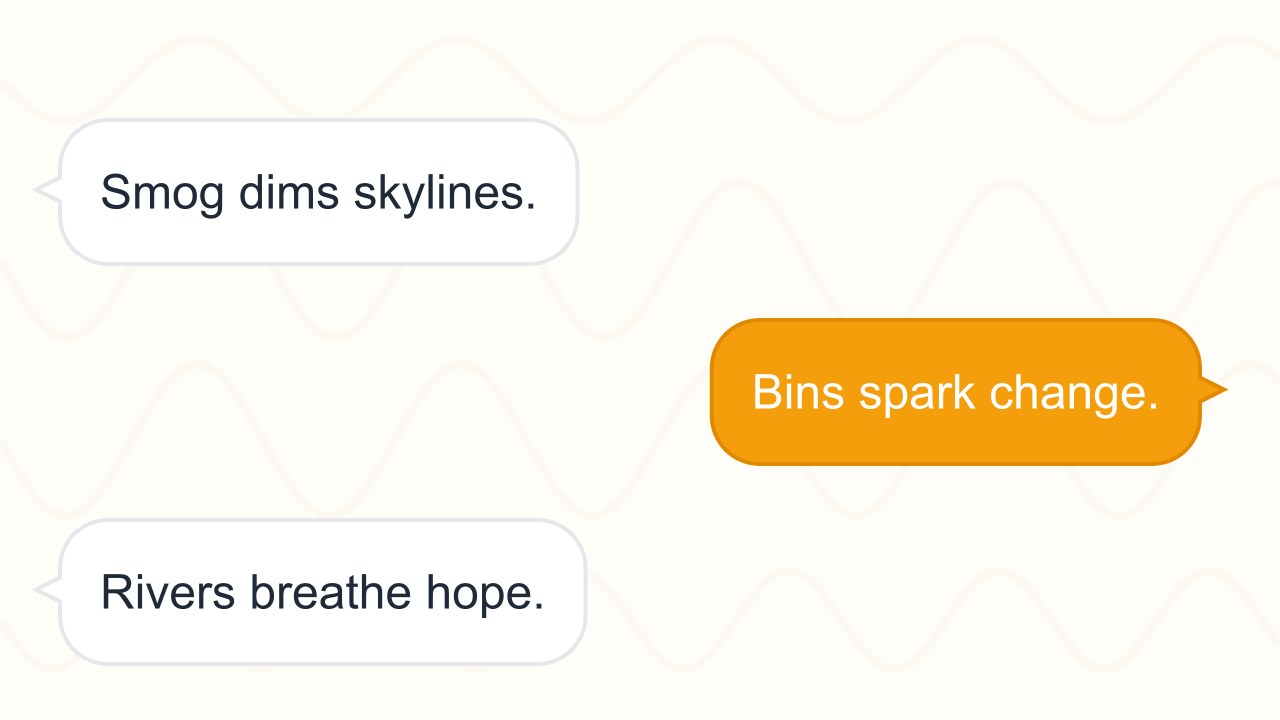
Pollution and Recycling: Restoring Our Cities
Explore how air, water, and waste pollution affect urban life, and examine the recycling innovations and community actions working to clean cities around the world.
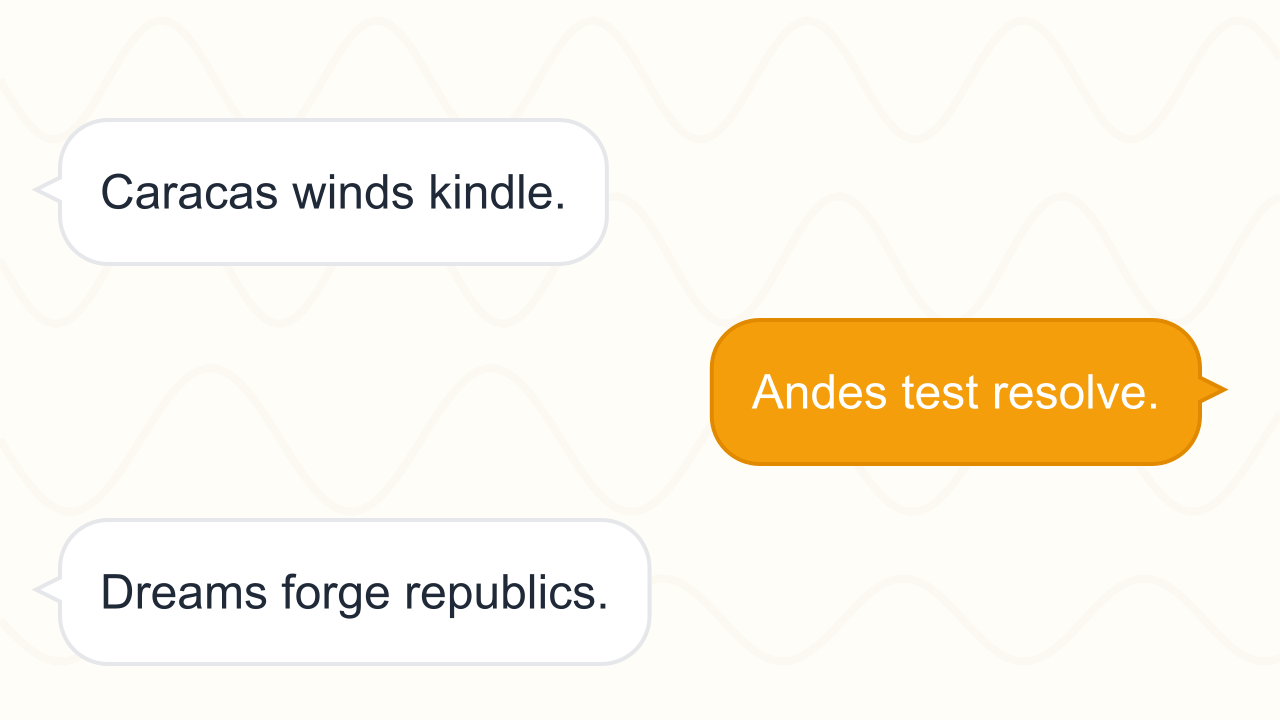
Simón Bolívar: Liberator of the Andes
Journey with Simón Bolívar from his Caracas youth through daring Andean campaigns and the struggle to define lasting republics across northern South America.
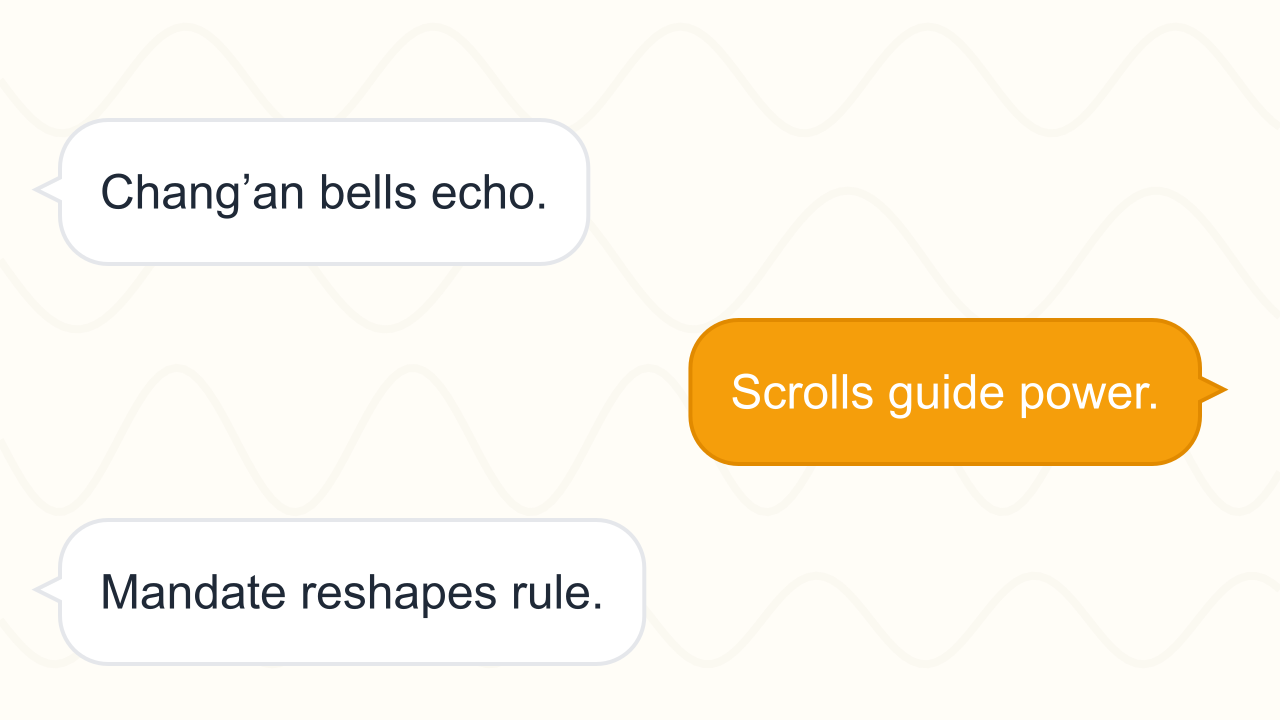
Wu Zetian: Mandate of the Tang
Follow Wu Zetian’s ascent from a palace attendant to emperor of the Zhou dynasty, examining how she wielded scholarship, alliances, and reform to shape eighth-century China.